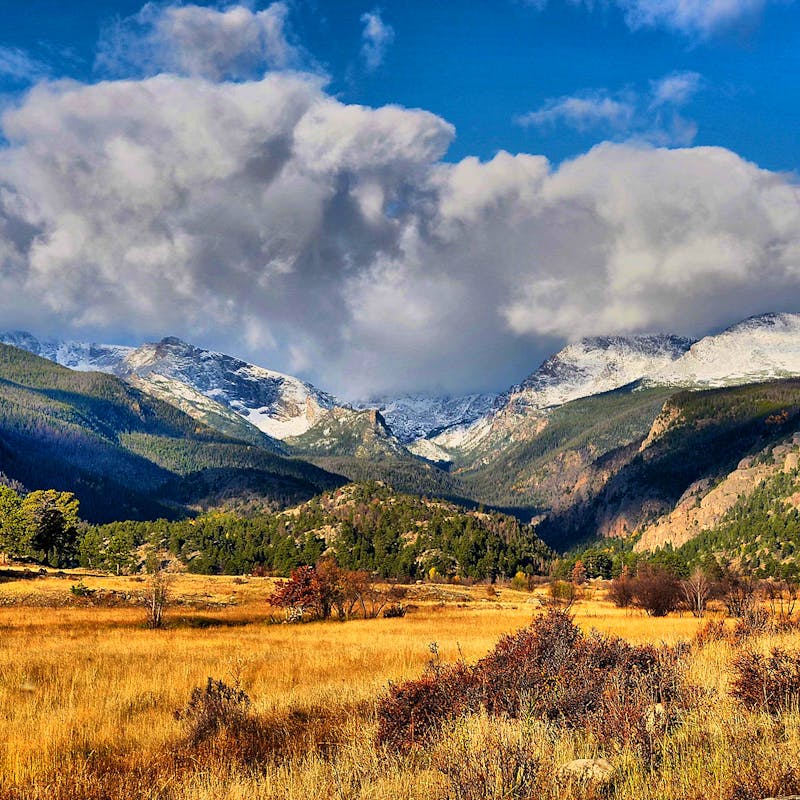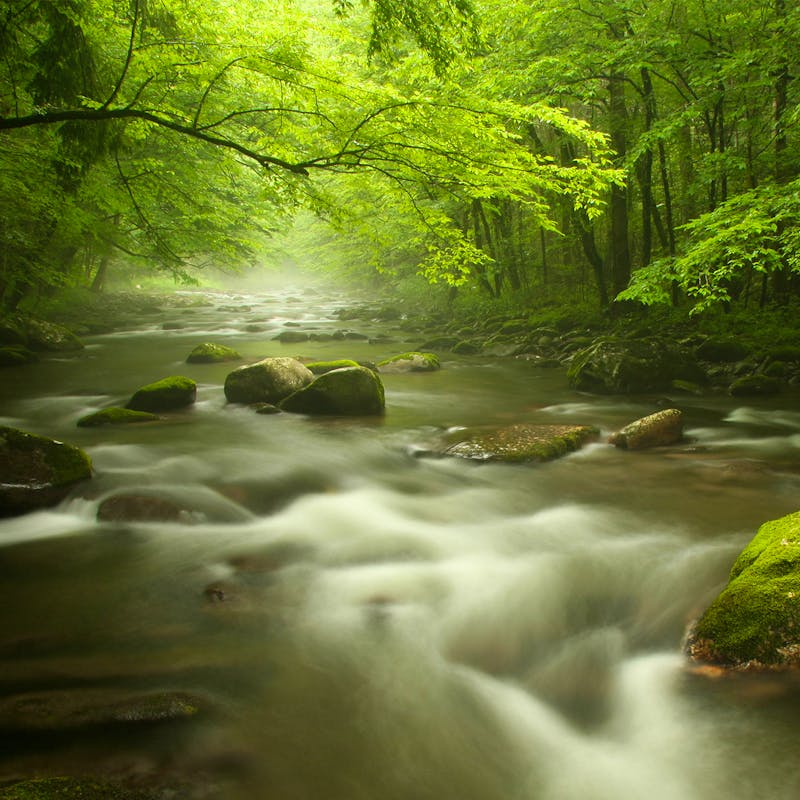The Southeast is home to an incredible array of wildlife, some of which is found nowhere else in the world.
The variety of landscapes it encompasses – from the Florida Everglades to the forests of North Carolina – makes for an equally awe-inspiring variety of habitats. Population growth and increasing development are threatening wildlife from all sides, fragmenting and destroying habitat, increasing conflict and contributing to pollution.
Climate change is also a major threat in the Southeast, especially with sea level rise and the increase in frequency and intensity of storms.
Defenders' Impact
Defenders is working to protect, connect, and restore wildlife habitats across the region for terrestrial wildlife like the Florida panther as well as aquatic species like fish and hellbender salamanders. We are leading the charge to bring the endangered Red Wolf back from the brink of extinction and pushing for the protection and restoration of other imperiled species including the Florida panther, Florida manatee, sea turtles, bats and migratory shorebirds.
Defenders is working with private landowners and state and federal land managers to develop wildlife-friendly habitat conservation plans, incentive-based habitat protection programs, and smart solutions to ensure key habit is not destroyed or fragmented by highways or other developments. We are also working with landowners to implement proven coexistence techniques to avoid potential conflicts and promote social acceptance of for panthers, wolves and Florida black bears.


Contact Us
Read More About the Southeast
News


















